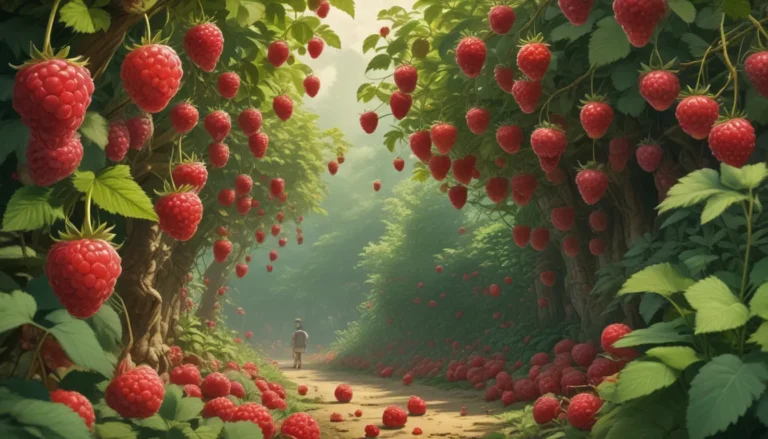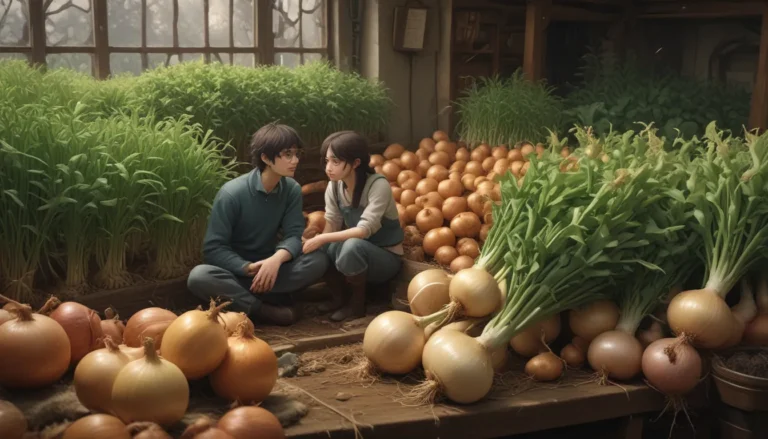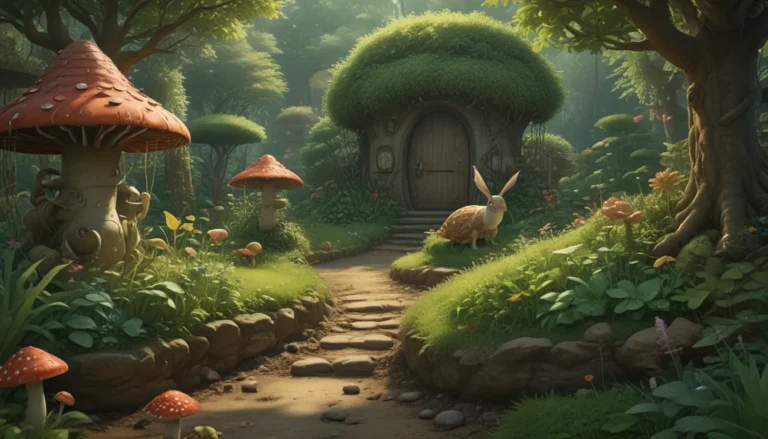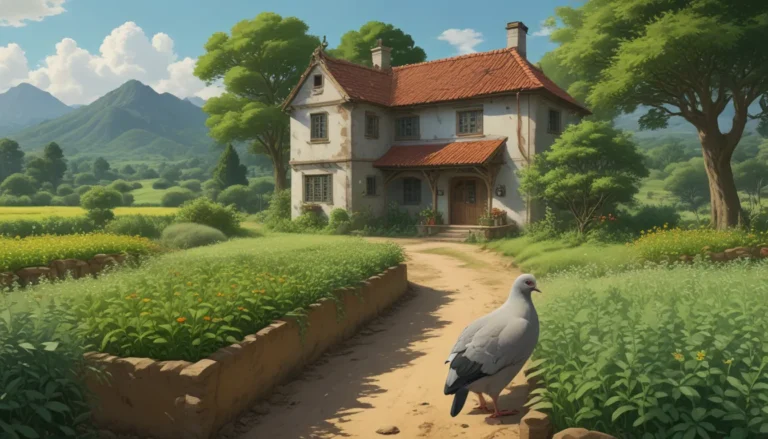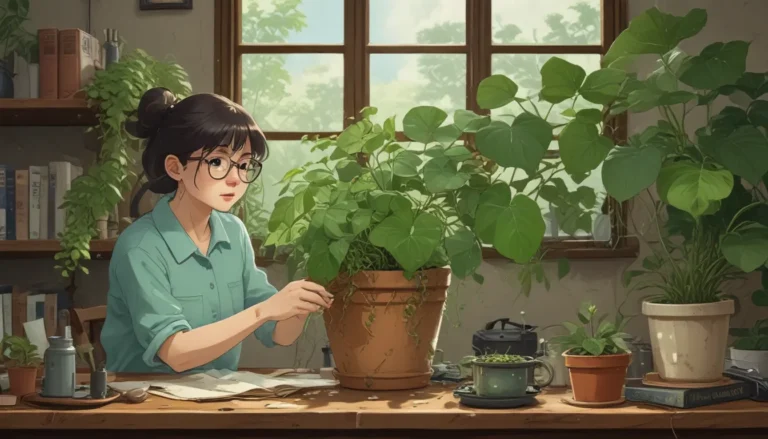Why Isn’t My Bee Balm Flowering?
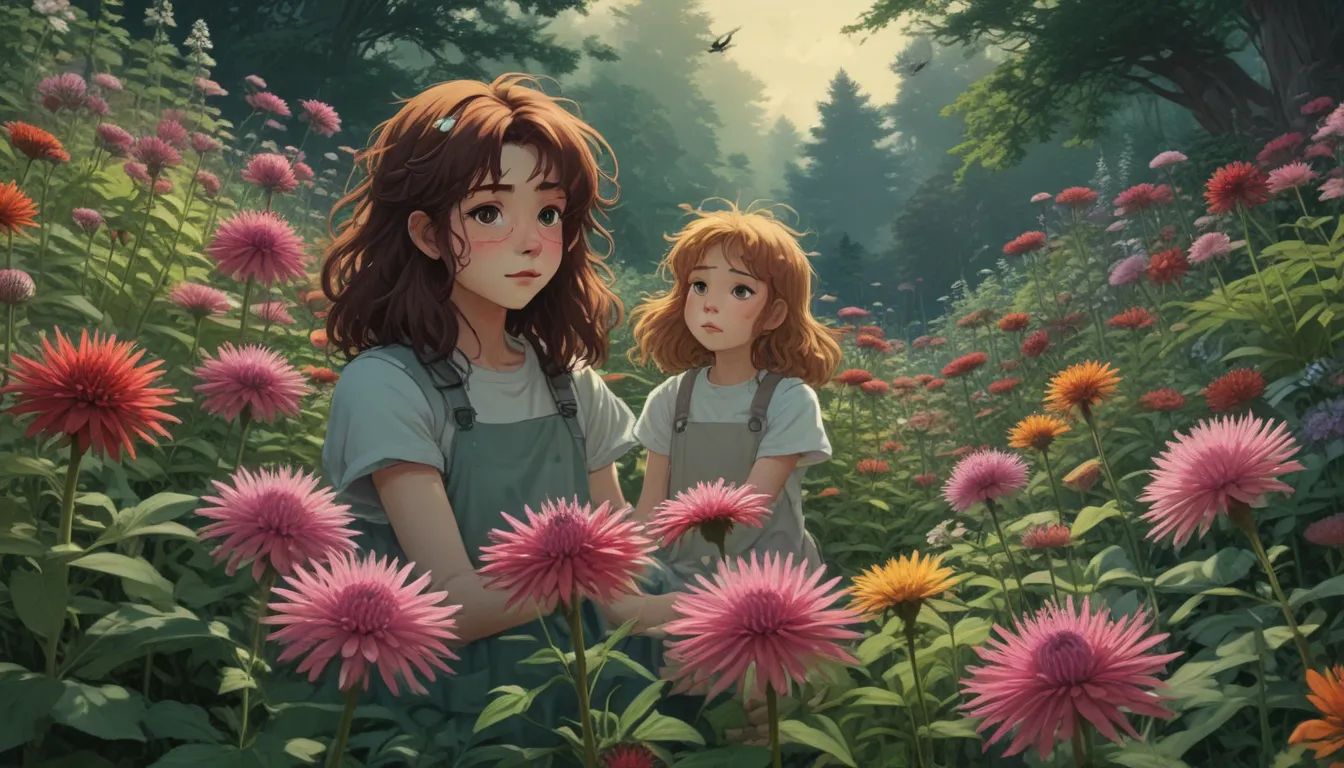
Have you been waiting for your bee balm plants to bloom all summer, only to be met with disappointment at the lack of colorful flowers? Don’t worry, we’ve got you covered! In this guide, we’ll walk you through the possible reasons why your bee balm isn’t blooming, from climate and soil fertility to pests and diseases. Let’s troubleshoot together and get those beautiful blooms back in your garden.
Bee balm (Monarda spp.) is a popular perennial in gardens, known for its vibrant blooms in shades of purple, red, white, pink, and more. Typically, bee balm flowers from July to August, with some species blooming even earlier or later in the season. If your plants haven’t produced the stunning flowers you were expecting, there are several factors that could be at play.
If your bee balm is struggling to flower, it may be due to one or more of the following issues:
9 Reasons Why Bee Balm Isn’t Blooming
- Climate
- Improper Sun
- Overfertilization
- Nutrient Deficiency
- Poor Soil Health
- Improper Water
- Pests and Disease
- Old Age and Overcrowding
- Already Flowered
While bee balm is relatively low-maintenance, it still has specific requirements that need to be met for optimal blooming. Let’s dive deeper into each of these potential issues and explore how you can address them.
1. Climate
Different species of Monarda thrive in various USDA Hardiness Zones, so it’s essential to ensure that the species or cultivar you’re growing is suitable for your region. M. didyma, for example, thrives in Zones 4-10, while M. clinopodia prefers Zones 4-8. If your plants are outside their ideal growing zones, they may struggle to bloom consistently.
In addition to zoning, factors like extreme weather conditions in your area can also impact your bee balm’s ability to flower. Be mindful of cold snaps or humid summers that may affect plant health. Choosing varieties that are well-suited to your climate can increase your chances of a successful blooming season.
2. Improper Sun
Sunlight plays a crucial role in the blooming of bee balm. These plants require full sun, with a minimum of six to eight hours of sunlight per day for optimal flowering. If your plants are not receiving adequate sunlight, they may become leggy and fail to bloom. On the other hand, excessive sunlight can lead to stress and damage, so finding the right balance is key.
If you suspect that sunlight is the issue, consider transplanting your plants to a sunnier location or providing shade during the hottest part of the day. Proper sun exposure is essential for bee balm to thrive and bloom abundantly.
3. Overfertilization
Bee balm is a light feeder, and excessive nitrogen fertilization can hinder blooming by promoting leafy growth over flowers. Ensure that you’re not overfertilizing your plants, as this can lead to nutrient imbalances and make them more susceptible to diseases like powdery mildew.
If you notice vigorous green growth but no flowers, it’s likely due to overfertilization. Adjust your fertilization practices and consider adding carbon-rich materials to the soil to balance nutrient levels and promote healthy blooming.
4. Nutrient Deficiency
Poor soil fertility can also prevent bee balm from blooming. Conduct a soil nutrient test to identify any deficiencies and address them using an organic fertilizer high in the lacking nutrients. Phosphorus deficiency is a common culprit for poor flowering, so ensure that your soil is well-balanced and nutrient-rich.
Maintaining optimal soil fertility is essential for healthy plant growth and blooming. Regular soil testing and appropriate fertilization practices can help ensure that your bee balm thrives and produces beautiful flowers.
5. Poor Soil Health
Even with adequate fertility, poor soil health can impede nutrient absorption and plant growth. Bee balm prefers a pH of 6.0-7.0 for optimal nutrient uptake. Test your soil pH and amend it with lime or sulfur if necessary to create an ideal growing environment for your plants.
In addition to pH, soil health includes factors like microbial activity and soil structure. Incorporating compost and mulch into the soil can improve microbial diversity and promote healthy root growth. Avoid compacted soil and ensure proper drainage to support your bee balm’s blooming potential.
6. Improper Water
Proper watering is essential for bee balm, which has shallow roots and prefers consistently moist soil. Monitor soil moisture levels and provide sufficient water to prevent drought stress. Overwatering can also be detrimental, especially in clay soils prone to waterlogging.
To prevent water-related issues like root rot and dehydration, ensure that your bee balm receives adequate hydration without becoming waterlogged. Mulching and composting can help retain moisture and promote healthy plant growth.
7. Pests and Disease
Pests like aphids and diseases like powdery mildew can prevent bee balm from blooming by damaging plant health. Monitor your plants for signs of pests or diseases and take appropriate measures to control and prevent infestations. Implementing proper garden hygiene practices can help protect your bee balm from common issues.
If you suspect root rot, investigate the roots of your plants for signs of disease and adjust your watering practices accordingly. Systemic fungicides can also be used to treat fungal diseases and prevent further plant damage.
8. Old Age and Overcrowding
After several years of growth, bee balm plants may become overcrowded and lose their vigor, leading to reduced flowering. Dividing and replanting mature plants can revitalize them and encourage new growth. Maintain adequate spacing between plants to prevent overcrowding and promote healthy blooming.
For aging bee balm plants, division can help rejuvenate them and improve blooming potential. Ensure that your plants have sufficient space and resources to thrive and produce abundant flowers.
9. Already Flowered
Remember that bee balm only has a limited energy reserve for flowering each season. Continuously deadheading spent flowers can encourage additional blooming and prolong the flowering season. Regularly remove faded blooms to promote new flower development and prolong the beauty of your bee balm plants.
By understanding and addressing these potential issues, you can help your bee balm plants thrive and bloom successfully. Troubleshooting challenges like climate, sunlight, soil health, and pests can make a significant difference in your garden’s flowering display.
